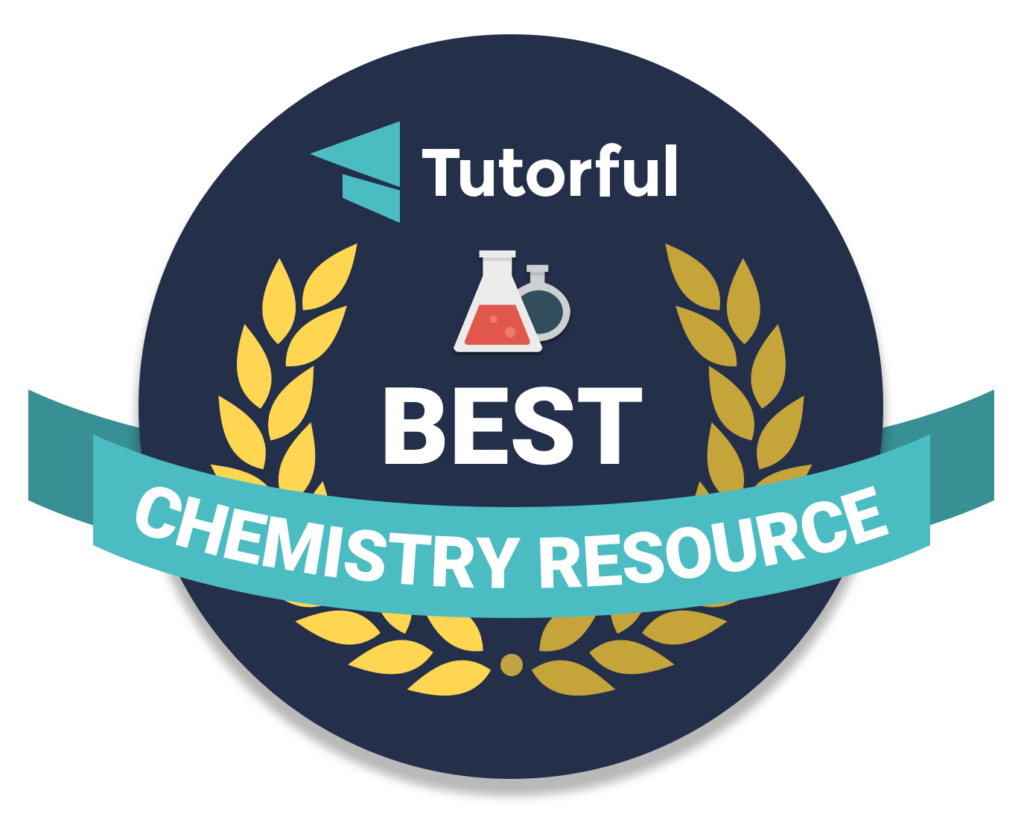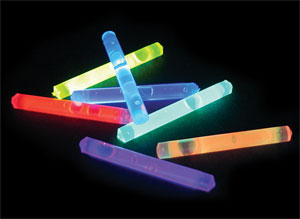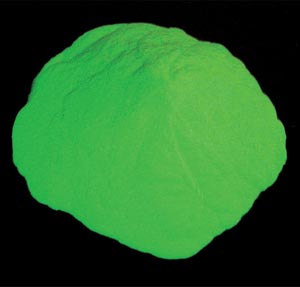
By Laurie Neilsen
Who doesn’t love things that glow? Around this time every year, we get a lot of questions about how to make various objects glow in the dark. Which products will glow longest? Which are best for mixing with liquids? How do they work? Fear not! The answers are here.
An Introduction to Glowing
First, we need to understand a little bit about the different kinds of luminescence. Luminescence is the emission of light without heat. Old tungsten light bulbs are an example of incandescence—that is, light with heat. They used a lot of energy, but not very efficiently. They also gave off a lot of heat. Modern LED and fluorescent bulbs produce much less heat, so they use much less energy.
The different kinds of luminescence include bioluminescence, chemiluminescence, phosphorescence, and fluorescence.
Bioluminescence is light emitted by living organisms like fireflies, angler fish, and even some fungi and bacteria. It is a form of chemiluminescence, light from a chemical reaction.
You can see chemiluminescence in action with our Cool Blue Light Experiment Kit and also with our Instant Light Powder. These are both best used as teacher demonstrations or under the supervision of an adult.
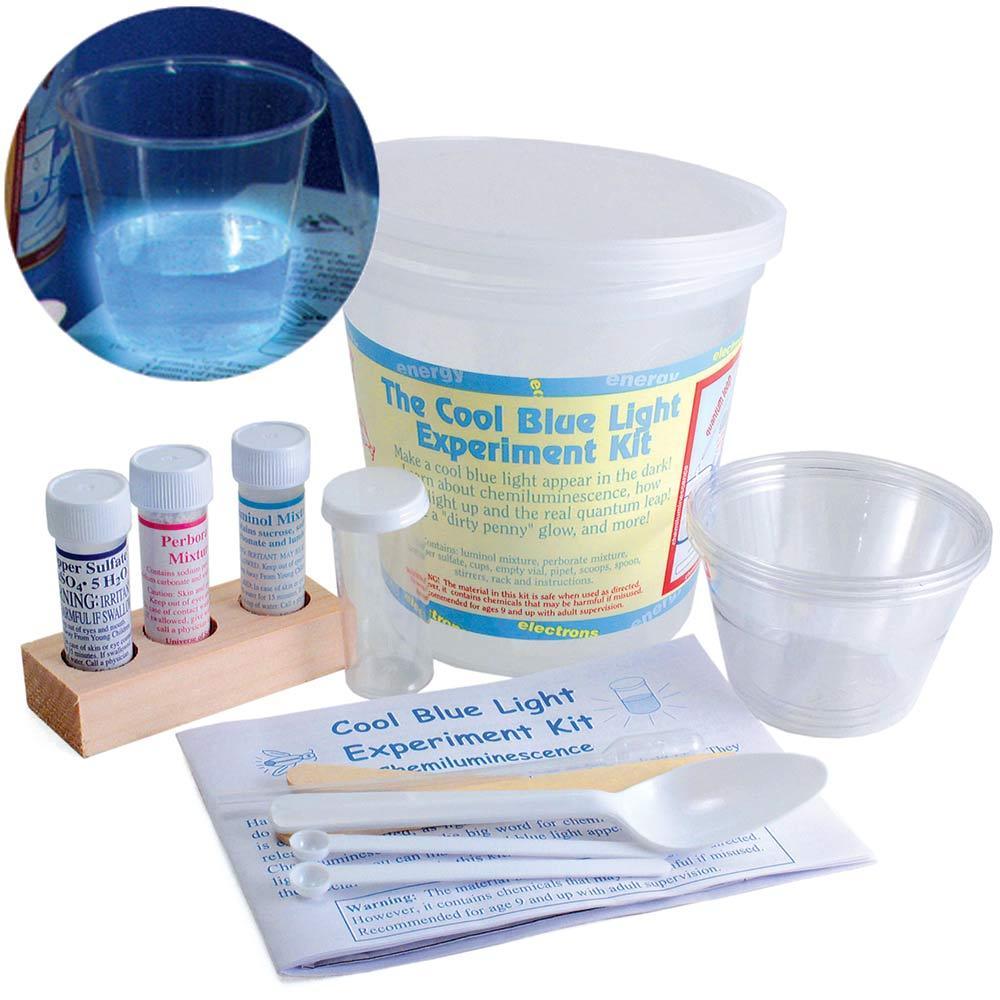
Cool Blue Light Kit
https://www.teachersource.com/product/cool-blue-light-experiment-kit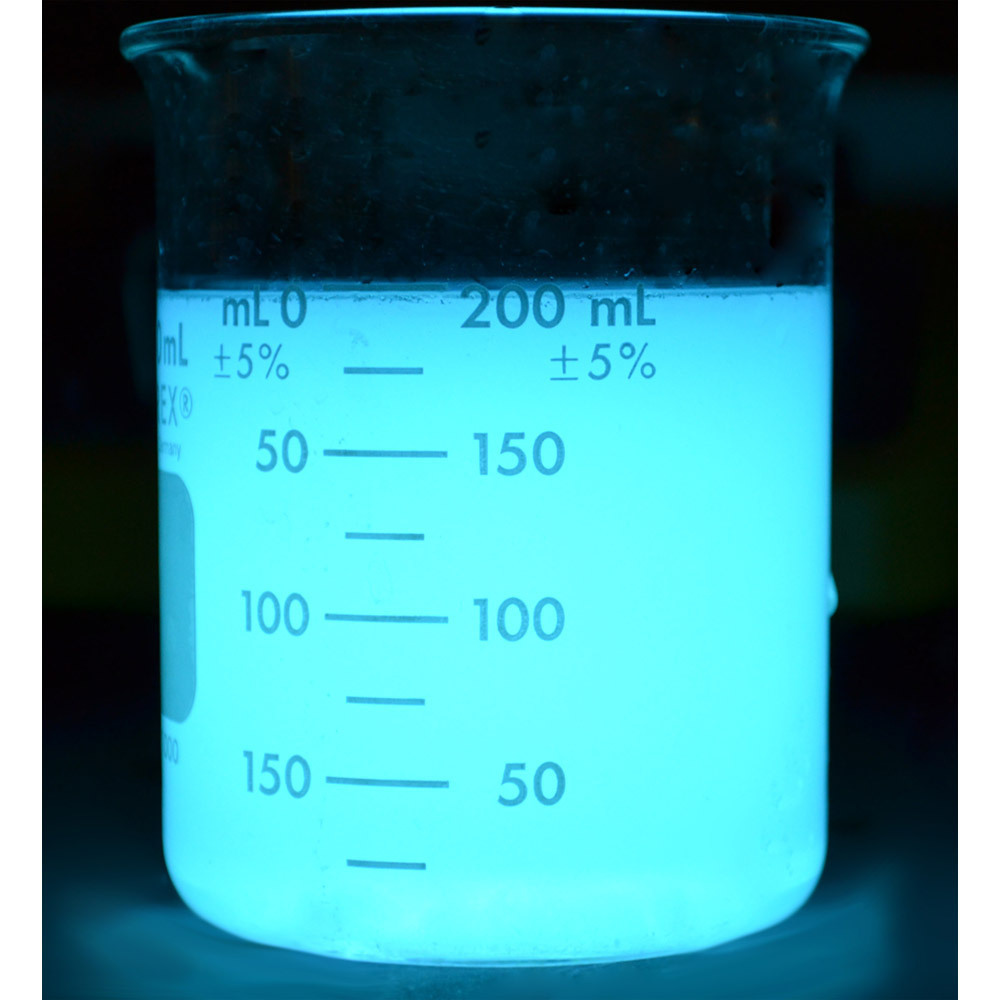
Instant Light Powder https://www.teachersource.com/product/instant-light-powder/
Kid-safe chemiluminescence is at work in our Chemical Light Sticks. We have many sizes and versions, depending upon your needs. But one thing is certain: they all provide a bright glow – in some cases, for up to 8 hours!
Our Glowing Products!
Our Glow-in-the-Dark Pigment is an example of phosphorescence—light emitted after exposure to and removal of a light source. It works very well mixed about 20-30% by weight with clear acrylic paint or Elmer’s glue. (Mixing it with white paint will result in a much dimmer glow, as the pigment in the paint will cover up most of the glowing pigment.) Overall, it’s your best choice if you are using with paint or glue because it doesn’t dilute the mixture.
I used it (mixed with clear paint) to paint “stars” on the ceiling of my bedroom. When I turn the lights on, they look faintly yellow-green. After I turn off the lights, the paint glows brightly for a while. The glow time seems to be proportional with how long the room lights were on. The “stars” also glow brightly if I shine an ultraviolet (UV) light on the ceiling.
Another example of phosphorescence is our Phosphorescent Vinyl Sheets. They have a sticky back and can be cut with scissors, making them perfect for flat, glowing decorations.
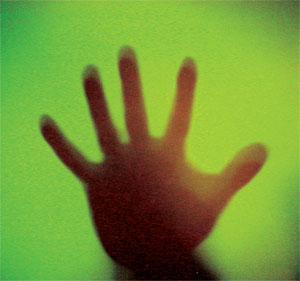
(hand is blocking the light exposure)
Our Glow Bright Concentrate is an example of fluorescence—light emitted during exposure to specific kinds of light or electromagnetic radiation. It is a water-based, concentrated liquid. A little goes a long way. One small bottle will make two gallons of liquid that glows under ultraviolet light. It’s perfect for mixing with water and using to expand our hydrophilic polymers, such as Growing Spheres, Growing Cubes, and even Instant Snow. You will need a UV Light to make it glow, but it will glow very brightly as long as the UV light shines on it.
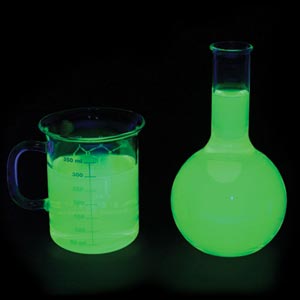
Glow-Bright Concentrate 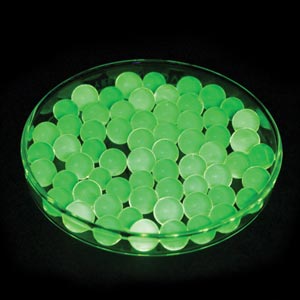
Glowing Growing Spheres 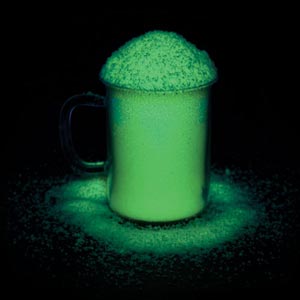
Glowing Instant Snow
A Word about UV Black Lights and Glowing
Fluorescent lights work by passing an electric current through mercury vapor. This produces short-wave ultraviolet light, which causes a phosphor coating inside the lamp to glow. The composition of the phosphor coating effects the color of the light the lamp emits. Ultraviolet fluorescent lights have a phosphor that converts the short-wave UV to long-wave UV, producing what we usually think of as “black lights.” Why black light? Because true ultraviolet light is just outside of the visible spectrum for humans.
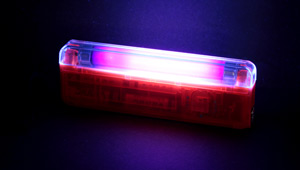
6″ Portable UV Light https://www.teachersource.com/product/portable-uv-light 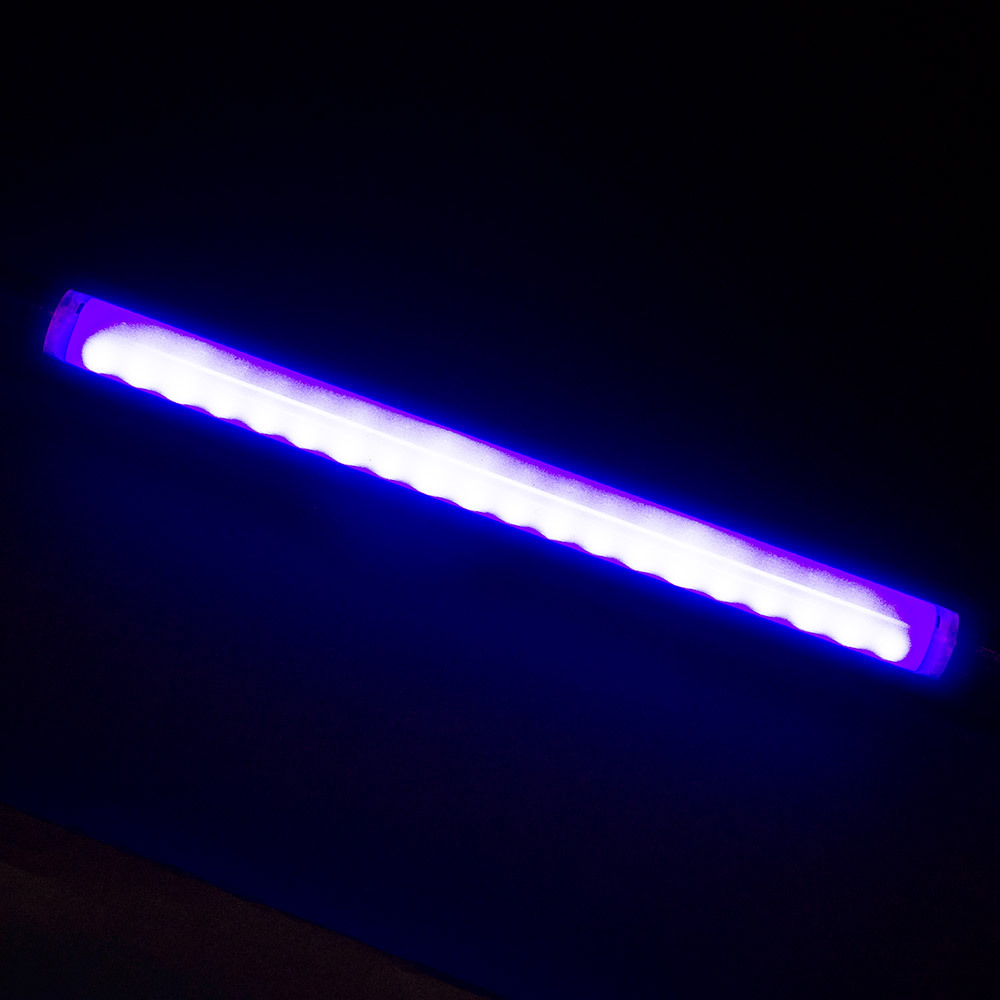
18″ LED Ultraviolet Light
https://www.teachersource.com/product/18-inch-uv-light
Even if you’re just partying at home this Halloween, you can make an impressive display with a UV light or two and some of our glowing things. What will you make? Tell us in the comments or send us some pictures. We’d love to see them!
And if you’re REALLY into things that glow, why not check out this blog: Spooky Science Discussion Starters. Scroll down to the section titled, “Edible Experiments.”
Note: As usual, practice caution and adult supervision. Glow-Bright Concentrate can stain skin and other surfaces. UV lights can cause eye damage with long exposure. These substances are not edible. Do not mix with food or beverages.

